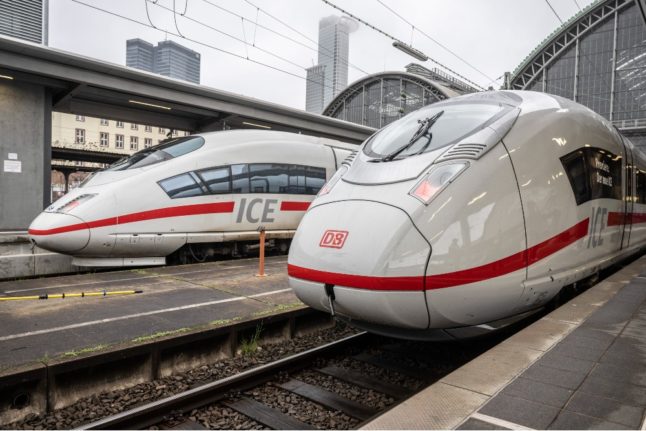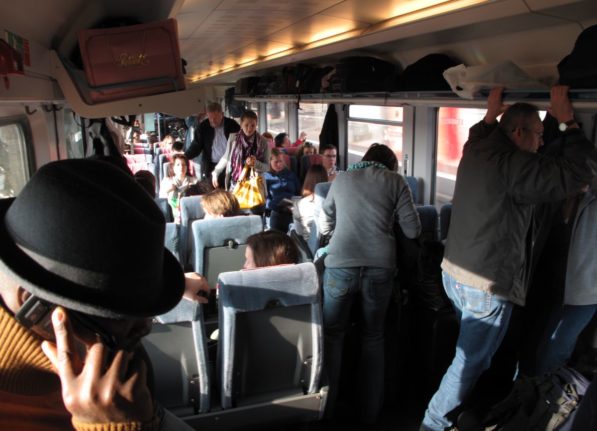A big part of the reason for continued delays is the amount of construction on tracks around the country – updating Germany’s aging railway infrastructure.
Wissing says once a particularly key section of track – the Riedbahn between Frankfurt and Mannheim – re-opens, the situation around the country should improve.
The Frankfurt-Mannheim corridor is one of the busiest in Germany and its closure for works has since had a knock-on effect on the entire network by putting more passengers and trains on alternative routes – affecting the cross-country services that go through the area.
DB figures indicate that one in every seven long-distance journeys in Germany passes through the corridor, and its closure is causing at least one network disruption every day.
The Riedbahn is scheduled to open again on July 15th this year – right around when the country hosts the UEFA Euro 2024 football cup.
“There should at least be no more network-related operational disruptions there,” said Wissing. “And that in turn will have a positive impact on the entire network.”
The Riedbahn, however, is just the start – with around 40 high-traffic routes needing renovations.
The government’s short-term goal is to get 70 percent of trains on-time – or arriving at their destination within six minutes of their scheduled time. It’s goal to is increase this to 80 percent by 2030.
Currently, only 64 percent of German trains run on time.
READ ALSO: ‘A disaster’: How did train travel in Germany get so bad?



 Please whitelist us to continue reading.
Please whitelist us to continue reading.
Where can we find the info of the %s for all countries in Europe? Wondering how Spain did.